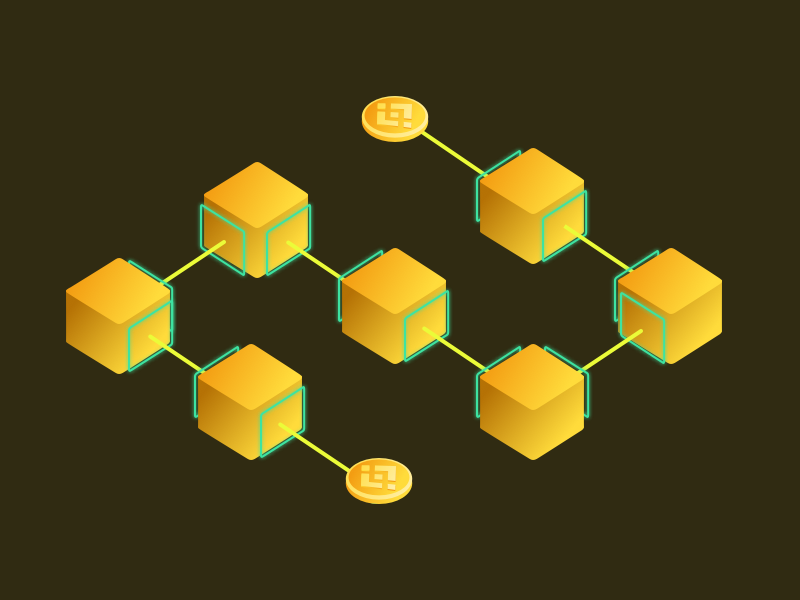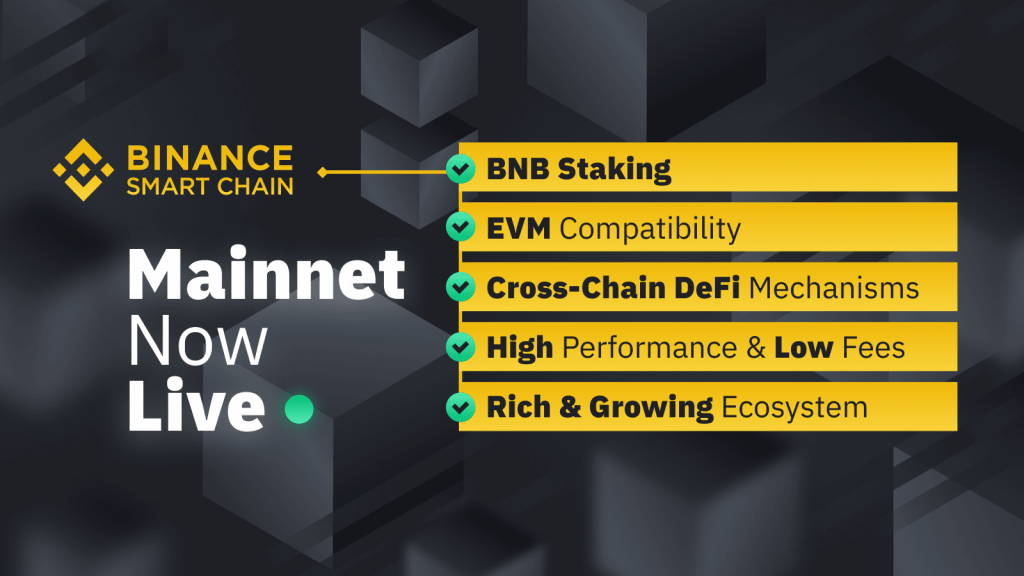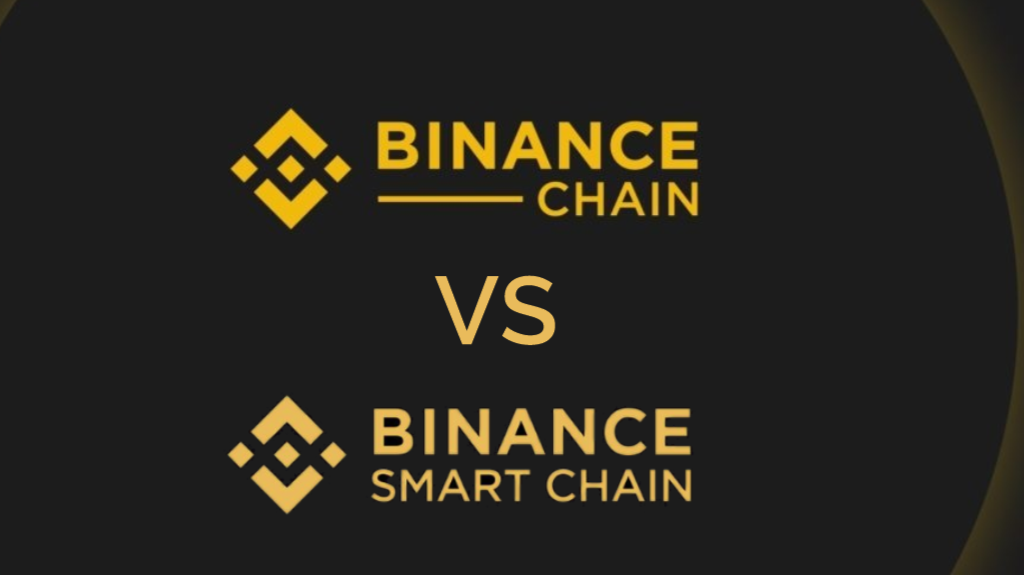Difference between BEP2 and BEP20 in Binance

Binance is one of the largest centralized exchange (CEX) companies in the world of cryptocurrency, with a trading volume of US$9.5 trillion in 2021. Binance also hosts its blockchain network which is Binance Chain and Binance Smart Chain (BSC). BSC has the capability of a smart contract that enables DApps ecosystem, while Binance Chain ensures all transactions on CEX run quickly and smoothly. These two blockchains have different tokens, namely BEP-2 and BEP-20. Then, what are BEP2 and BEP20? What is the difference between these two tokens and what are their roles? This article will explain BEP2 vs BEP20 in detail.
Article Summary
- 🪙 BEP2 is a Binance Coin token standard for the Binance cryptocurrency exchange platform.
- 🪙 BEP20 is a Binance Coin (BNB) token standard for interacting with DApps on the Binance Smart Chain (BSC).
- 🌐 The difference between BEP2 and BEP20 lies in the usage of these two formats within the Binance ecosystem.
- 🏦 Binance creates a dual blockchain architecture to reduce congestion and load on a single blockchain. This ensures the two blockchains are able to maintain their operational capacity and work independently of the other.
What is BEP2?
BEP2 is the standard token format for Binance Coin (BNB) for all transactions on the Binance cryptocurrency exchange platform. The standard was created to work on Binance CEX as well as Binance DEX (decentralized exchange). However, the functionality of BEP2 ends here as this standard token is not compatible with any other blockchain other than Binance.
BNB in BEP2 format can only be used as a transaction fee on both Binance cryptocurrency exchanges. However, BNB in this format can be converted into BEP20 and then used in other Binance ecosystems.
Binance Chain
Binance Chain is a blockchain network launched by Binance in April 2019. the Chain also focuses on facilitating fast asset exchange and handling a large number of transaction volumes. Thus, Binance Chain acts as the foundation of Binance DEX which specializes in processing decentralized crypto exchange transactions. In addition, Binance Chain still uses proof-of-work (PoW), similar to Bitcoin.
The capabilities and capacities of the Binance Chain are integrated with the entire Binance ecosystem so that it interacts with the BSC through the token. However, Binance Chain does not have the capacity to execute smart contracts and facilitate a DApps ecosystem like BSC.
What is BEP20?
BEP20 is a token standard for Binance coin (BNB) on the Binance Smart Chain (BSC). The BNB version BEP20 is the Default token in BSC which follows the Ethereum ERC-20 token standard so it is compatible with Ethereum’s smart contract and its programming language, Ethereum Virtual Machine (EVM). BEP20 is designed for interoperability and it can be converted to BEP2 as well as ERC-20-compatible token using a bridge to link it with other blockchain networks. BEP20 was created for all transaction needs on various DApps in BSC.
Binance Smart Chain

The creation of the Binance Smart Chain was first announced in April 2020. Five months later, in September 2020, the BSC was finally launched. Binance created the BSC in response to the popularity of Ethereum and its DApps ecosystem. Also, new sectors in the crypto world such as DeFi, NFT, and also crypto games push Binance to create a blockchain network with smart contract capabilities.
However, because Binance Chain had limited capabilities and could not operate complex programming language, BSC was created. BSC uses a proof-of-stake-authority (PoSA) algorithm that allows staking and the creation of a DApps ecosystem. One of the most popular applications on BSC is Pancakeswap, a DEX forked (modified) from the Uniswap program.
What is the difference between BEP2 and BEP20?

The difference between BEP2 vs BEP20 lies in the operational side as well as functionality. One of the fundamental differences is that BEP20 is compatible with ERC-20, or Ethereum’s standard token. This makes it possible to transfer assets to the Ethereum network. Below is a further explanation.
| Functionality | BEP2 | BEP20 |
|---|---|---|
| Transaction fees for Binance CEX | ✅ | 🚫 |
| Transaction fees for Binance DEX | ✅ | 🚫 |
| Cryptocurrency transfers | ✅ | ✅ |
| Transaction fees for DApps on BSC | 🚫 | ✅ |
| Staking | 🚫 | ✅ |
| Compatibility with Ethereum’s ERC-20 | 🚫 | ✅ |
| Transfers to Ethereum’s network | 🚫 | ✅ |
Why did Binance create two blockchains?
Binance creates two blockchains with different roles to complement each other. The table above explains the difference between BEP2 and BEP20 in the two blockchains. So, these tokens have different and mostly non-overlapping functions. BSC as a new blockchain also performs functions that Binance Chain cannot execute. Furthermore, these two blockchains are also interoperable with each other via a bridge that can change the standard format of BNB token.
Dual blockchain architecture
In terms of infrastructure, Binance created two different blockchains to reduce the computational load that can strain a single blockchain. This is especially important for Binance Chain which always handles a large volume of transactions in Binance’s crypto exchange hub. So, the creation of a standalone and separate blockchain in BSC ensures the operation of the Binance Chain is uninterrupted. Also, in the event of a single blockchain server going down, the rest of the network is unaffected and can continue to run.
This dual blockchain architecture also performs different verification algorithms in each network. Binance Chain runs the traditional PoW algorithm while BSC has a PoSA algorithm with the capacity to run smart contracts.
References:
- Forsage.io, What’s the difference between BEP-2 and BEP-20?, Medium, accessed on 22 December 2021
- Phemex writer, BEP2 vs. BEP20 vs. ERC20: Which is better?, Phemex, accessed on 22 December 2021
- Moralis, What is BEP20? Full Binance Smart Chain Token Guide, Moralis IO, accessed on 22 December 2021
- An Introduction to Binance Smart Chain (BSC), Binance Academy, accessed on 23 December 2021
- Binance Chain Docs, accessed on 23 December 2021
- Binance Smart Chain: A Parallel Binance Chain to Enable Smart Contracts, accessed on 23 December 2021
Share
Related Article
See Assets in This Article
0.8%
BNB Price (24 Hours)
Market Capitalization
-
Global Volume (24 Hours)
-
Circulating Supply
-


